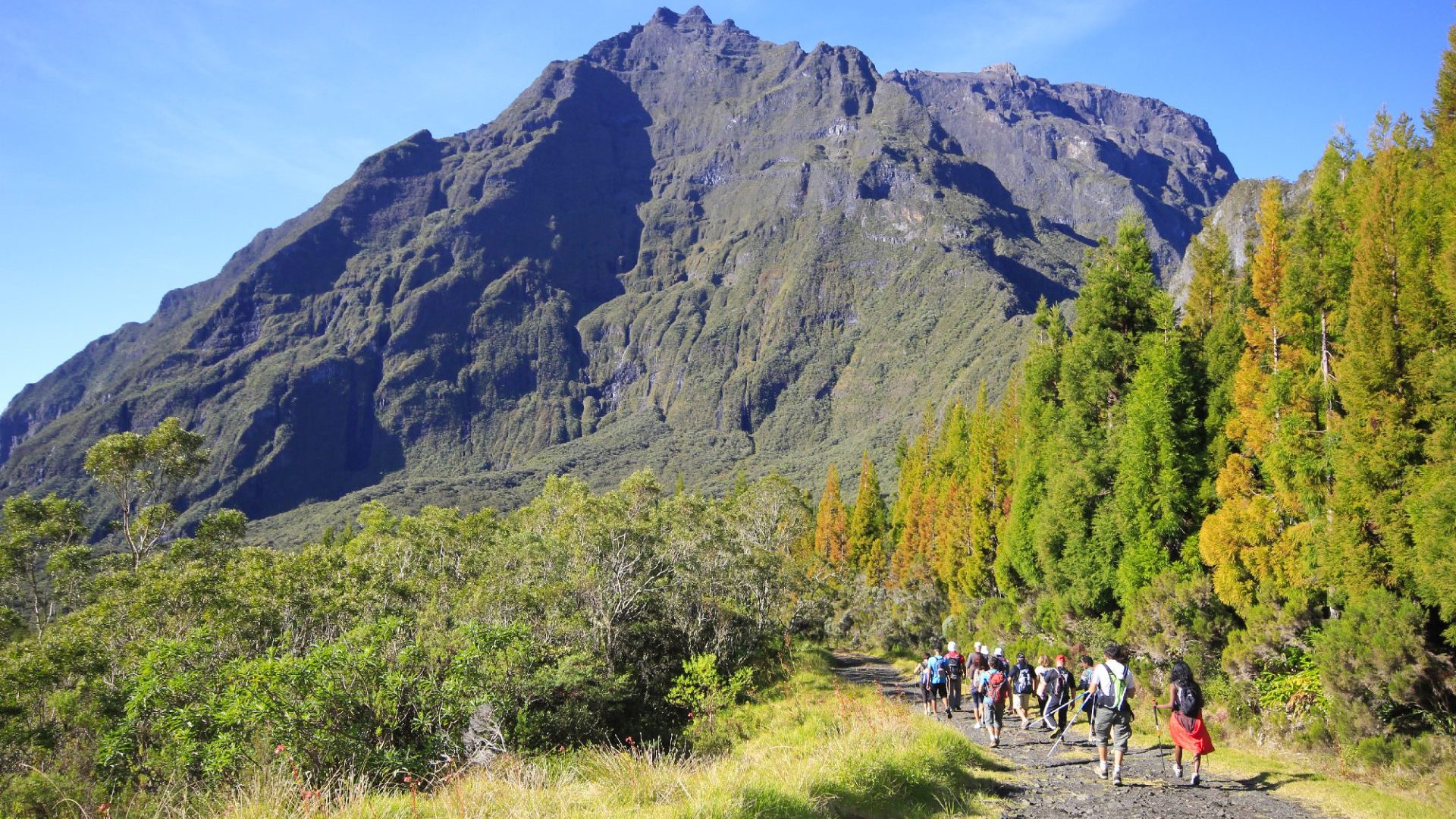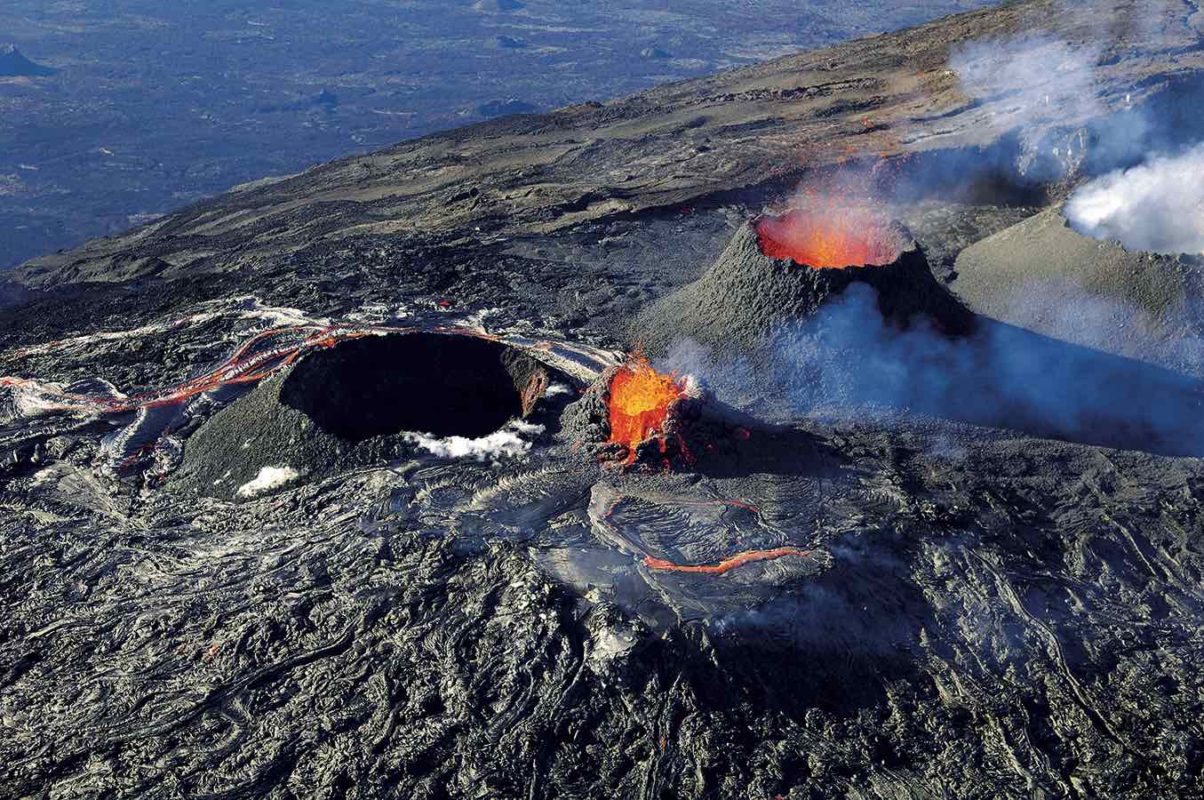
Piton de la Fournaise: The Ultimate Guide to Exploring One of the World’s Most Active Volcanoes
If you’re looking for an adventure like no other, Piton de la Fournaise, one of the most active volcanoes in the world, should definitely be on your radar. Nestled on the stunning island of Réunion in the Indian Ocean, this natural wonder offers an experience that combines the thrill of active volcanic activity with breathtaking landscapes. Together with Hotel Jardin De Neuilly, we’ll take you on a journey through the rich history, incredible hikes, and awe-inspiring views that Piton de la Fournaise has to offer.
Whether you’re a thrill-seeker or a nature lover, this UNESCO World Heritage Site promises an unforgettable adventure. So, grab your hiking boots, and let’s dive into everything you need to know about Piton de la Fournaise.
Piton de la Fournaise Location and Visitor Info
-
Address: Piton de la Fournaise, Réunion Island, France
-
Phone: +262 262 96 35 60
Piton de la Fournaise is located in the southeast of Réunion Island, a French overseas territory. This active volcano is part of the Réunion National Park, which is known for its rugged landscapes and ecological diversity. It is one of the most frequently erupting volcanoes on Earth, and the eruption patterns make it a popular destination for both scientists and tourists alike.

A Brief History of Piton de la Fournaise
The history of Piton de la Fournaise is deeply rooted in the geological activity of Réunion Island. The volcano began forming over 500,000 years ago, with its eruptions shaping the land and the island’s unique features. It is an example of a shield volcano, with relatively gentle slopes and frequent eruptions. Unlike some other volcanic destinations, Piton de la Fournaise offers visitors the rare opportunity to witness an active volcano up close and personal, often with safe access to the eruption sites during periods of activity.
Why Piton de la Fournaise is a Bucket-List Destination
Piton de la Fournaise is not just a volcano; it’s an adventure. Imagine trekking through lush forests, across barren lava fields, and through volcanic craters, all while surrounded by panoramic views of the island’s rugged beauty. The sheer power of the volcano and the raw, natural landscapes are enough to make it one of the most awe-inspiring destinations on Earth.

A Paradise for Hikers
The hiking trails around Piton de la Fournaise offer some of the best ways to explore the volcano and its surroundings. The most popular trail is the Pas de Bellecombe route, which takes you to the edge of the Enclos Fouqué, the massive caldera that houses the active crater. From here, you can view the massive crater floor and witness the raw volcanic power from a safe distance.
Other trails, like Dolomieu Crater, offer more challenging routes and close-up views of the volcanic landscape, making this destination a must-see for hikers and nature enthusiasts.
The Spectacle of Eruptions
While eruptions are unpredictable, when Piton de la Fournaise is active, it becomes a natural spectacle. Visitors can often witness eruptions with streams of lava flowing down the volcano’s slopes, creating a mesmerizing and unforgettable sight. The eruptions are not only a rare spectacle of nature but also a powerful reminder of the Earth’s dynamic processes.

What to Expect During Your Visit to Piton de la Fournaise
Getting There: Access and Transportation
To reach Piton de la Fournaise, the most common route is to drive from Saint-Pierre, the island’s second-largest city, to the Pas de Bellecombe area, which serves as the starting point for many of the hiking trails. The drive itself is an experience, as you pass through scenic views of the island’s lush forests and rugged terrain. Once you arrive, the well-maintained trails lead you closer to the volcano, where you’ll begin your exploration.
What to Pack for a Volcano Adventure
Visiting Piton de la Fournaise requires preparation, especially if you plan on hiking. Here’s a quick checklist of essentials:
-
Sturdy hiking boots or shoes with good grip
-
Lightweight, breathable clothing (it can get quite warm)
-
A hat, sunglasses, and sunscreen
-
Water and snacks (the hikes can be intense)
-
A camera to capture the breathtaking views
While the volcano is an exciting destination, it’s important to come prepared for the elements and the challenging terrain.

Safety First: What to Know Before Visiting
Safety is a priority when visiting an active volcano. It’s essential to follow the official guidelines and stay within designated safe zones. The Réunion Island authorities often close certain trails or areas near the volcano during periods of high volcanic activity. It’s also a good idea to check the current volcanic activity levels before your visit, which can be accessed from local tourism websites or park authorities.
The Flora and Fauna of Piton de la Fournaise
The volcanic landscape surrounding Piton de la Fournaise is home to a diverse array of plant and animal species. While the lava fields themselves are barren, the surrounding areas are rich in tropical vegetation. The lower slopes are home to dense forests of tamala, manioc, and various endemic species of orchids.

The wildlife is also fascinating, with the area being home to several species of endemic birds, insects, and reptiles. Keep your eyes peeled for the Réunion harrier, a bird of prey that nests in the caldera, as well as unique species of geckos and chameleons.
Nearby Attractions: Explore More of Réunion Island
While Piton de la Fournaise is a major draw, Réunion Island offers much more for the adventurous traveler. Some nearby attractions include:
-
Cilaos: A stunning town nestled in the heart of the island, offering hiking, wine tasting, and breathtaking mountain views.
-
Cascades de Grand Galet: A series of stunning waterfalls, ideal for a swim and a nature break after hiking.
-
Piton des Neiges: The highest peak on the island, perfect for trekkers looking for a challenge.

The Island’s Rich Culture and Cuisine
Réunion Island isn’t just about natural beauty—it also has a rich cultural heritage. The island’s history is a blend of African, Indian, Chinese, and French influences, which is reflected in its food, music, and festivals. Don’t miss out on the island’s cari (a Creole-style curry), fresh seafood, and unique pastries like bonbons piments.
Best Time to Visit Piton de la Fournaise
Piton de la Fournaise can be visited year-round, but the best time to go is during the cooler, dry season, which typically lasts from May to November. During this period, the weather is more comfortable for hiking, and you’re more likely to experience clear skies and stunning views. However, if you’re hoping to witness an eruption, your visit might be dictated by volcanic activity, which can happen at any time.

Piton de la Fournaise: A Lasting Memory
A visit to Piton de la Fournaise is more than just a trip; it’s an experience that will stay with you long after you’ve left Réunion Island. The power of an active volcano, the beauty of the surrounding landscapes, and the thrill of hiking across one of the world’s most famous volcanoes make this destination a once-in-a-lifetime experience.

Final Thoughts: Discover Piton de la Fournaise with Hotel Jardin De Neuilly
Together with Hotel Jardin De Neuilly, we’ve explored everything that makes Piton de la Fournaise one of the most exhilarating natural wonders in the world. From its fiery eruptions to the serene beauty of its surrounding landscapes, this active volcano is a bucket-list destination for every traveler seeking adventure and awe-inspiring scenery. If you’re ready for an unforgettable experience, a trip to Piton de la Fournaise will not disappoint.